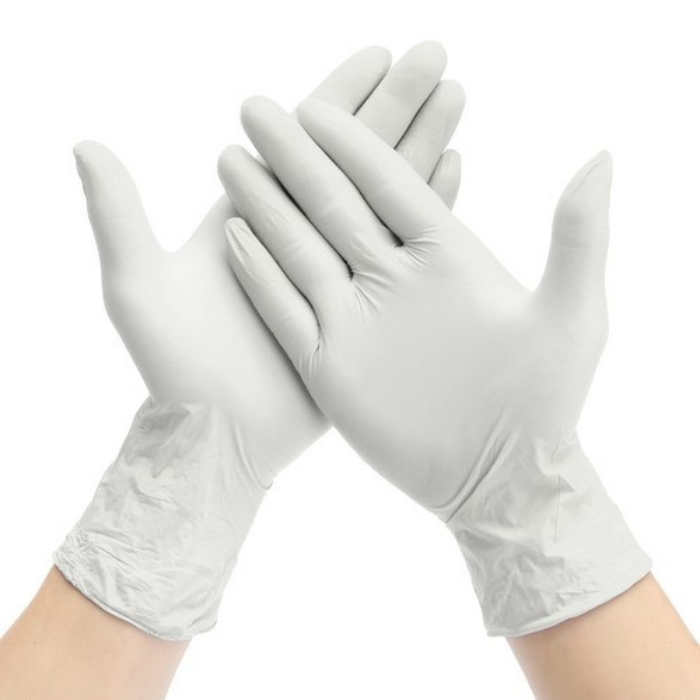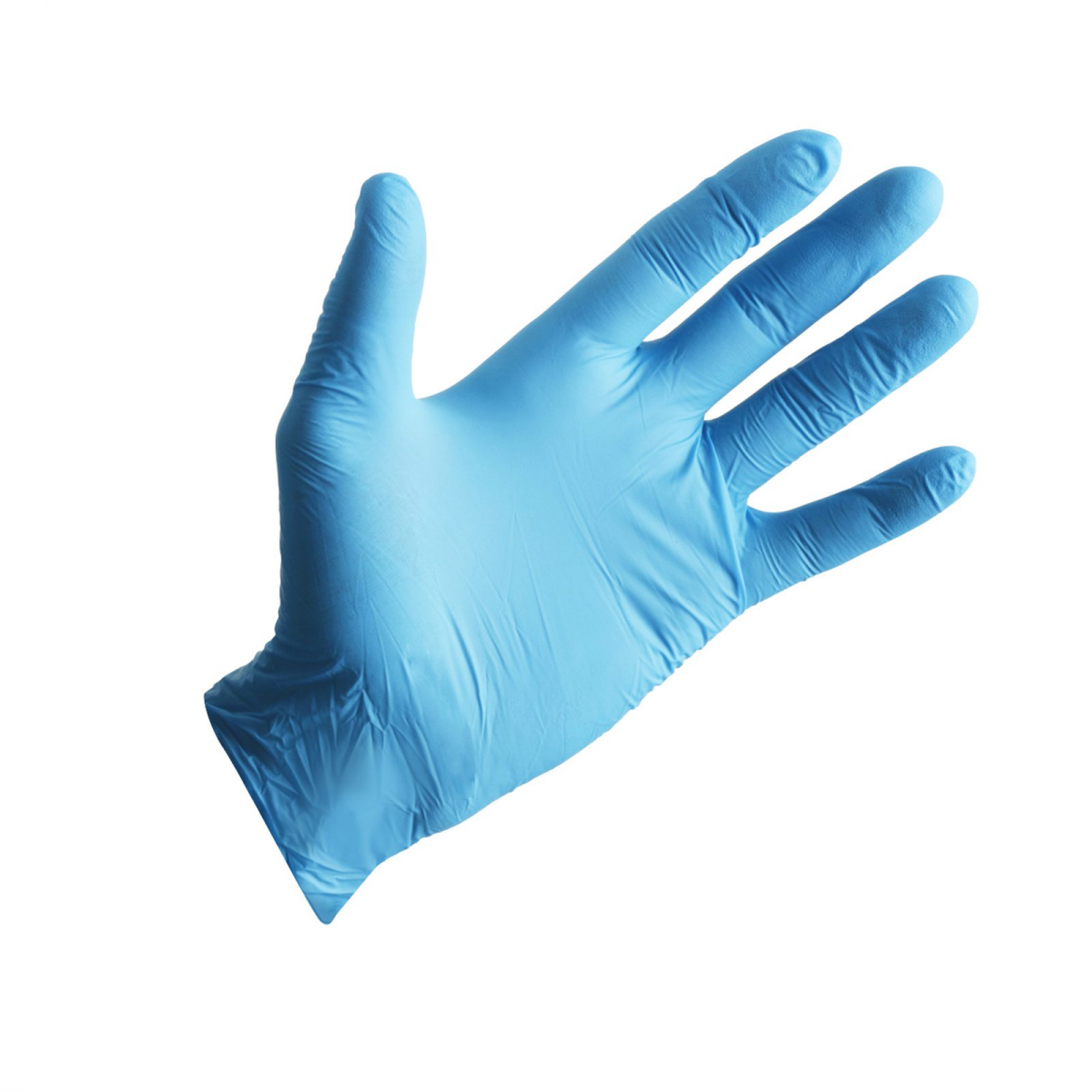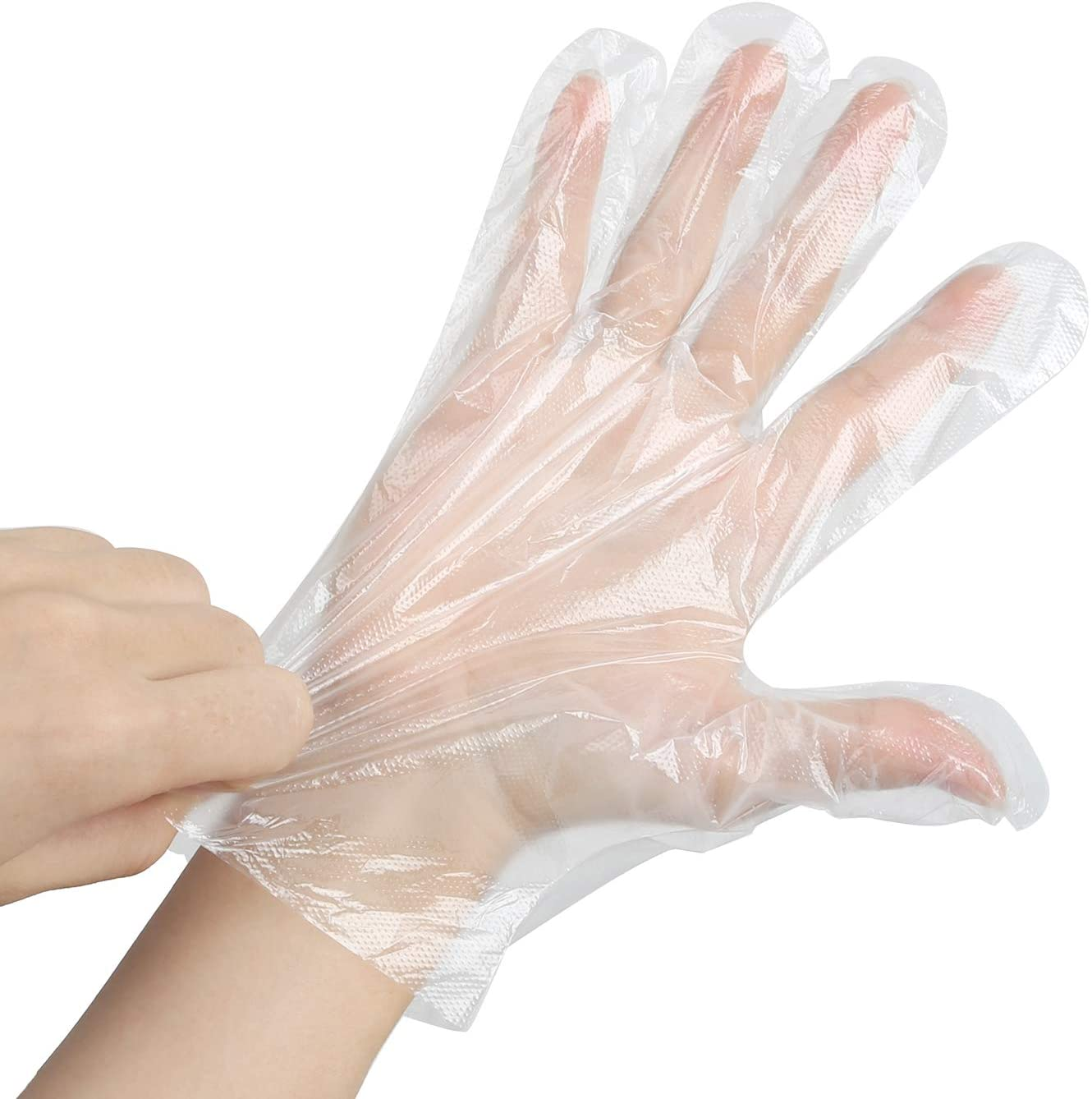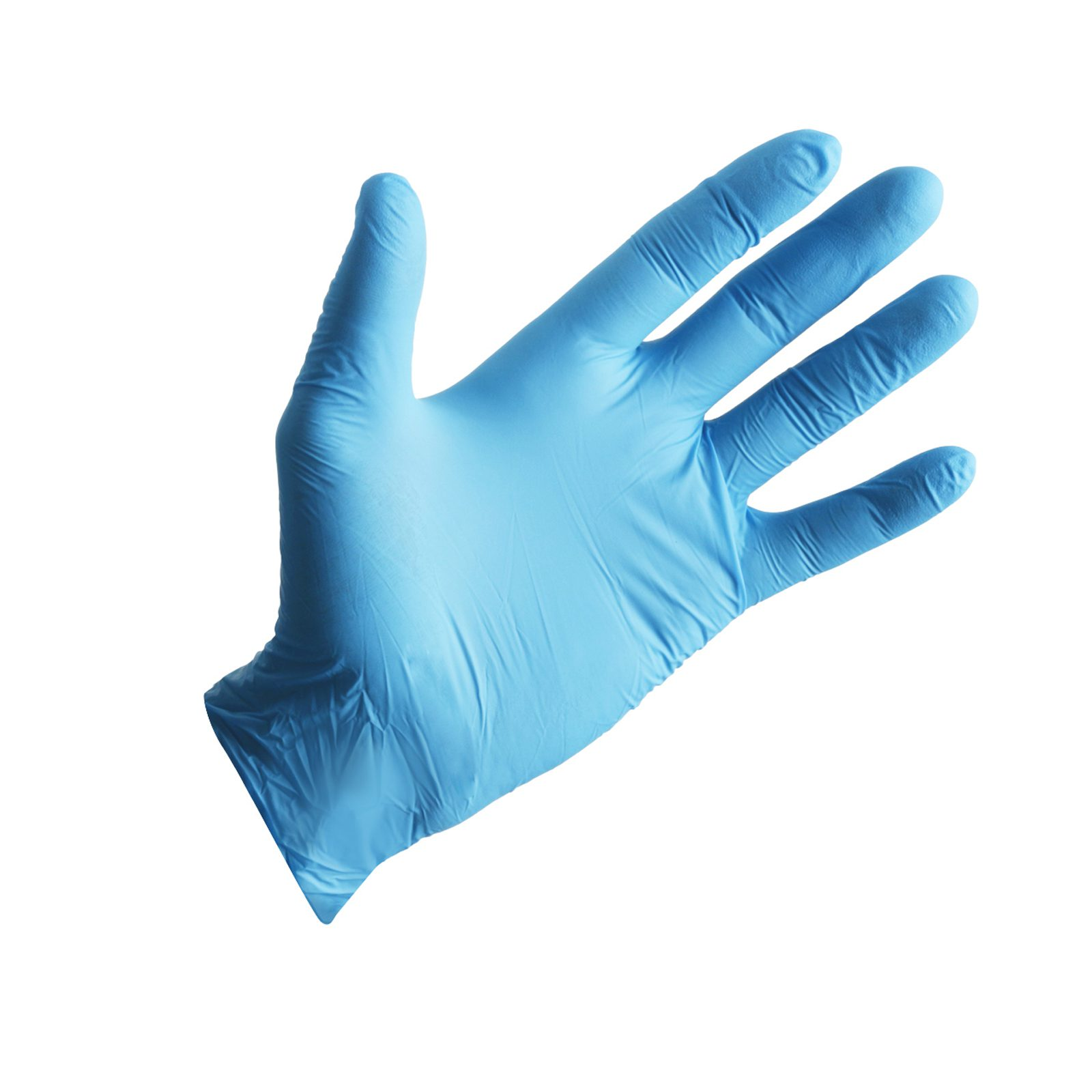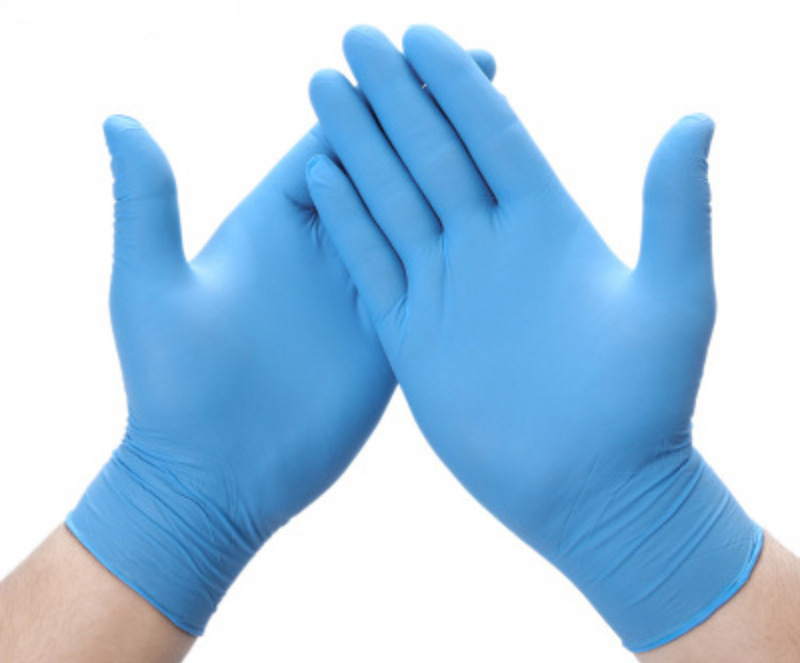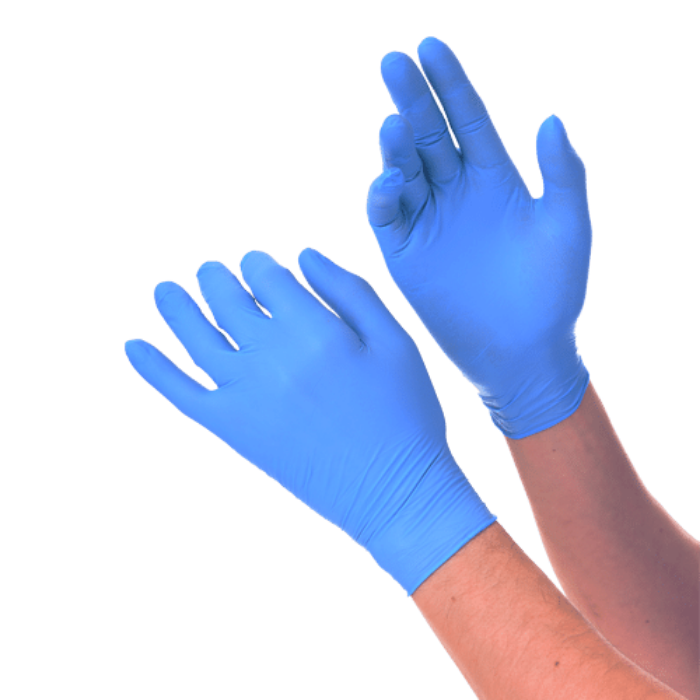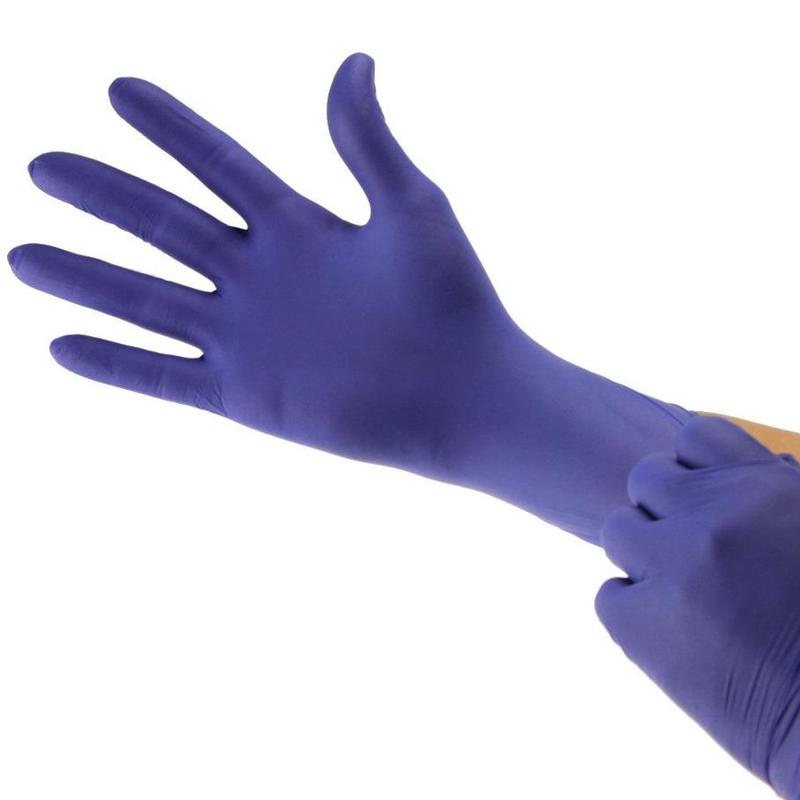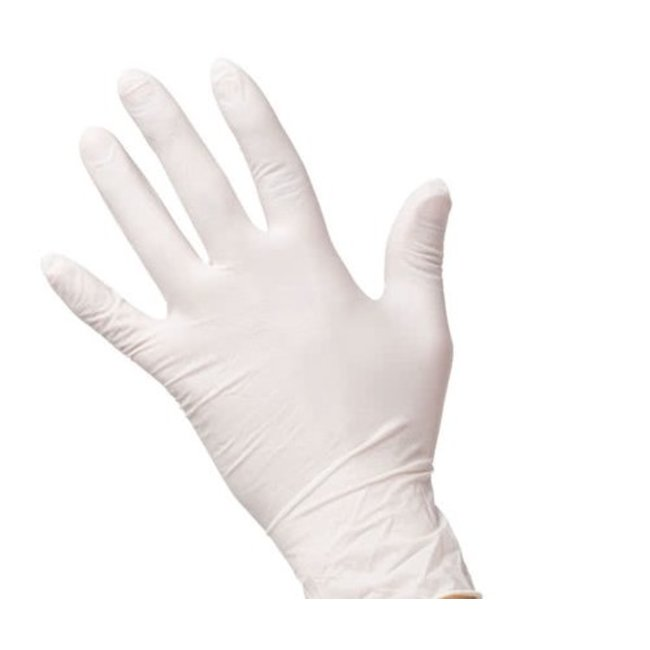There is a huge selection of disposable PE gloves made of various materials on the workwear market. Particularly noteworthy are nitrile gloves, which will be discussed in this article. Nitrile is a synthetic rubber that comes from refined petroleum materials.
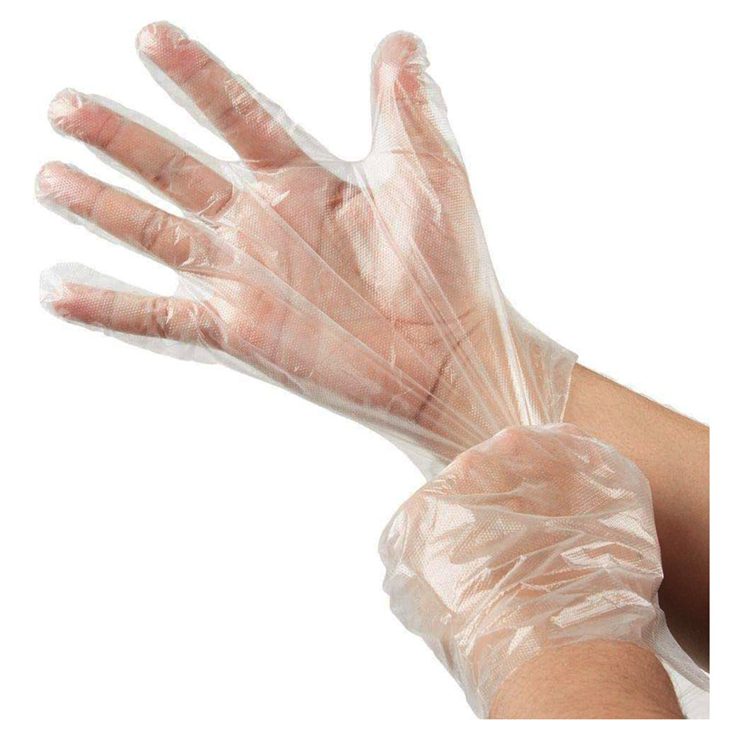
Due to its properties, nitrile rubber is common in various industries. It is common in the manufacture of aircraft and automobile protectors, conveyor belts, gloves, and other industrial products. Read the article below to have your choirs solved.
History of disposable PE gloves
Disposable PE gloves were patented by Neil Tillotson and Luc de Becker in 1997. Since then, the production of nitrile gloves has been put on stream, and the products themselves have found wide application in all areas of industry, medicine, and cosmetology.
Properties of disposable PE gloves
- Firstly, it protects against mechanical stress
- Secondly, it protects against oil products, oil, water, various chemicals
- Unlike natural rubber (or latex), it does not cause allergic reactions.
- Also, able to withstand temperatures from -40 to 130C
- Durable and elastic. Elongation values exceed 500%
- Long lasting. Nitrile gloves are about 15 times more durable than canvas gloves and five times more durable than combined ones.
Varieties of disposable PE gloves
The first type is disposable nitrile gloves. Disposable PE gloves are very thin and highly airtight. Disposable gloves protect against the effects of various chemicals and are also very sensitive. Typically, this type of glove is common in medicine even though nitrile gloves do not fit your hands as tightly as latex gloves.
They are three times better at protecting against punctures and do not cause allergies. The second type is gloves, which come of nitrile polymer. Nitrile polymer is an excellent dielectric and antistatic agent; it perfectly resists the effects of various oils, paints and varnishes and petroleum products.
Temperature variation affects and cotton gloves
Sufficiently low temperatures will not in any way affect the protective function of disposable PE gloves. In addition to freezing temperatures, this type of work glove copes well with very high temperatures. The fire resistance of such gloves can reach 130 degrees.
The third type is polymer-coated cotton gloves. As a base in such gloves, cotton fabric is common, which is immersed in a nitrile solution. Gloves with a nitrile coating, having a cotton base, are excellent for working in any weather, as they have high heat-protective and breathable properties.
What is difference between nitrile gloves better than latex gloves?
Disposable medical disposable PE gloves are an individual means of protecting the skin of the hands from an aggressive and pathogenic environment. First of all, they differ in the material of manufacture - latex, nylon, synthetic microtextured. The properties of gloves largely depend on the material.
In medicine, not only latex gloves are common, but also nitrile ones. Nitrile is a highly durable synthetic rubber material. It transforms easily and returns to its original shape after stretching.
Most often, there are powder-free nitrile gloves that are common for diagnostic examination.
Advantages of disposable PE gloves
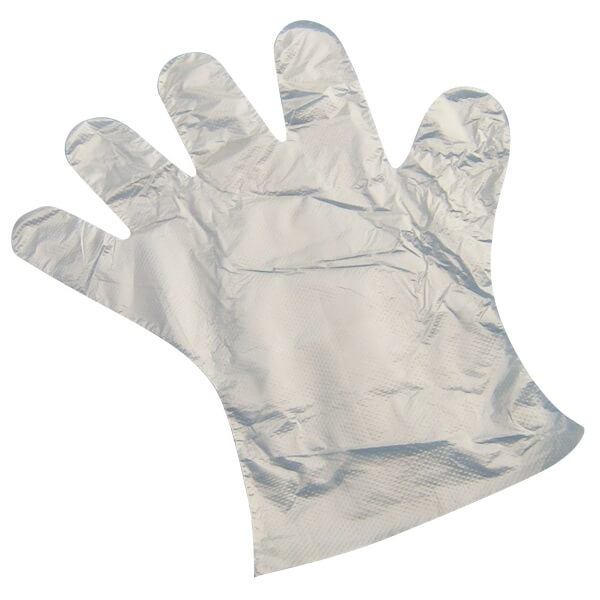
In laboratories, during obstetric and medical procedures. Disposable PE gloves advantages over latex gloves are:
High tightness - they do not allow contamination and microorganisms
Second, universal form
Also, hypoallergenic
Besides increased resistance to punctures
And, high strength, protection against chemical attack and high temperatures
Mechanical memory - perfectly stretch and remember the shape of the hand
Lastly, fixation of working tools when wetting the palms
Disposable PE gloves thickness
Nitrile disposable PE gloves are thinner than latex gloves, while at the same time, they are abrasion and tear resistant. In addition, the advantages of this material have found favor with surgeons, dentists, and cosmetologists. It is important to be careful about sizing so that infection or chemicals do not get on your hands.
Nitrile work gloves: key benefits
Nitrile is a synthetic rubber that is obtained from refined materials. The scope of application of nitrile rubber is quite wide. Furthermore, Neil Tillitson and Luke Becker (1997) founded it. They also received a patent and initiated the production of nitrile protective products.
Disposable PE gloves benefits
- First, the presence of excellent resistance to mechanical stress and wear
- Second, good interaction with various substances, such as mineral oils, oil refining products, water, acids
- Moreover, hypoallergenic characteristics minimize risks of allergies due to the absence of latex
- Also, resistance to temperature extremes (from -40 to +100)
- Similarly, the presence of a high degree of elasticity in disposable PE gloves
- Mechanical memory contributes to the retention of the shape of the gloves
- Moreover, high indicators of strength and durability.
Protective products made of nitrile have more durable properties (about 15 times) compared to tarpaulin models.
Protective products for single-use
These products are widely common in the medical field (dentistry, ophthalmology, laboratory centres, etc.). Disposable nitrile gloves are characterized by a high degree of tactile sensitivity and are ideal for long-term manipulations.
The second type of nitrile product is work gloves
The basis of disposable PE gloves is a nitrile polymer. Nitrile material is common to be a good dielectric and antistatic agent. Possesses resistance to petrochemical products and various concentrated oils, is actively common in such industries as petrochemical, aviation, automotive industry.
Cotton disposable PE gloves with nitrile coating
In the process of manufacturing gloves, the technology of immersing a cotton base in liquid nitrile is common. Nitrile-coated cotton gloves are ideal protective products for all kinds of rough work in any weather. The presence of a cotton base of the products contributes to ensuring comfort during wear and the presence of heat-shielding properties.
- Composition
We make it with synthetic polyvinyl chloride copolymer. They are safe for humans, as they do not cause allergic reactions. The material is dense and has low elasticity. Furthermore, it has a number of restrictions on contact with certain chemicals;
- Application
PVC gloves are common where accuracy of tactile sensations is not important or there is no contact with harsh chemicals. It is typically common in the food industry, cosmetology and cleaning companies.
Important Factors for right disposable PE gloves selection
Many professions require hands to protect from contact with aggressive substances or sterile raw materials. To determine which disposable PE gloves are better - nitrile, vinyl, or latex - you need to build on their main characteristics. Furthermore, strength, chemical indifference and durability will affect the industry.
